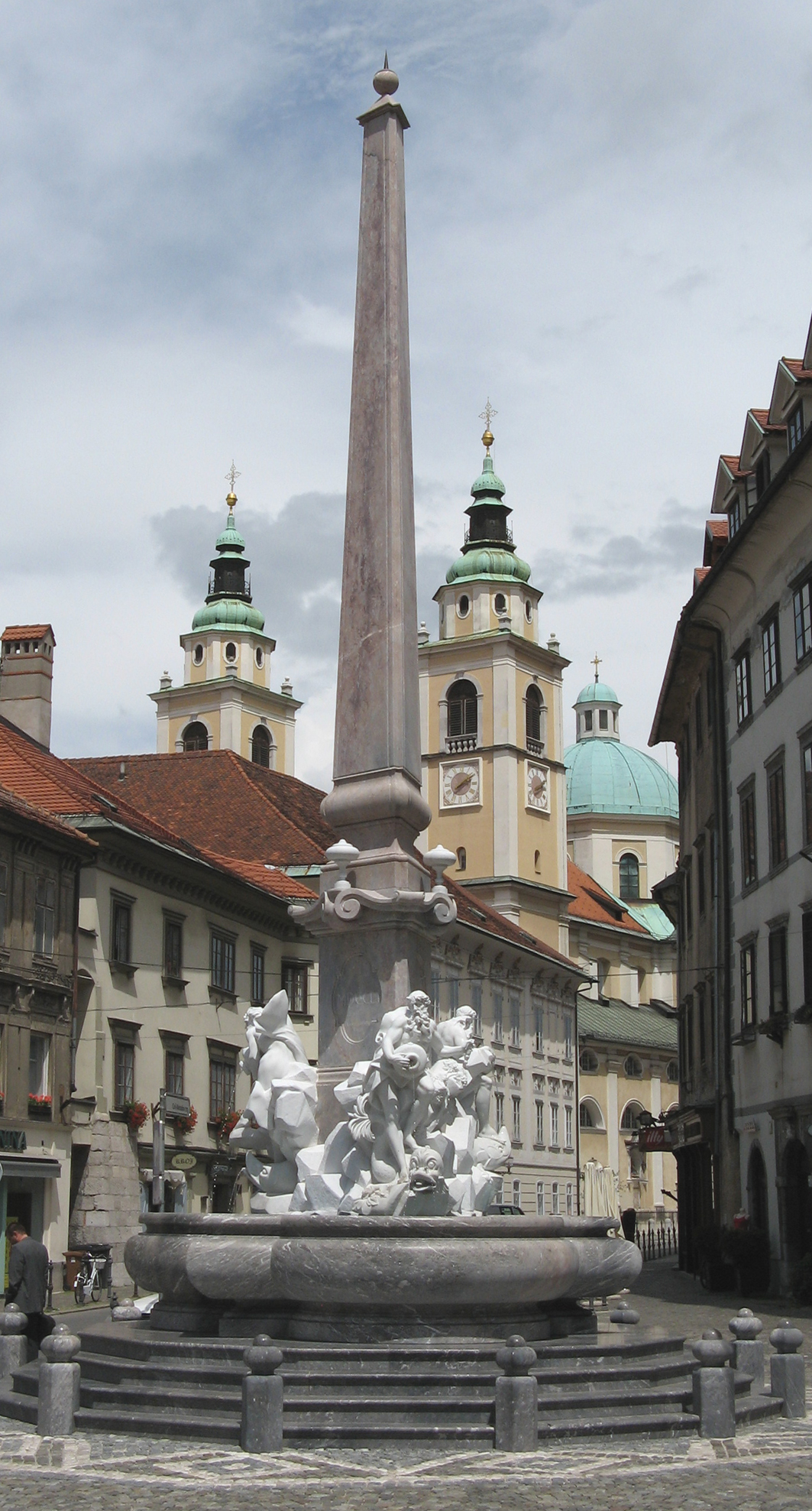Francesco Robba on:
[Wikipedia]
[Google]
[Amazon]
 Francesco Robba (1 May 1698 – 24 January 1757) was an Italian sculptor of the
Francesco Robba (1 May 1698 – 24 January 1757) was an Italian sculptor of the
 Francesco Robba (1 May 1698 – 24 January 1757) was an Italian sculptor of the
Francesco Robba (1 May 1698 – 24 January 1757) was an Italian sculptor of the Baroque
The Baroque (, ; ) is a style of architecture, music, dance, painting, sculpture, poetry, and other arts that flourished in Europe from the early 17th century until the 1750s. In the territories of the Spanish and Portuguese empires including t ...
period. Even though he is regarded as the leading Baroque sculptor of marble statuary in southeastern Central Europe, he has remained practically unknown to international scholars.
Life
Francesco Robba was born inVenice
Venice ( ; it, Venezia ; vec, Venesia or ) is a city in northeastern Italy and the capital of the Veneto Regions of Italy, region. It is built on a group of 118 small islands that are separated by canals and linked by over 400 ...
. He received his training in the workshop of the Venetian sculptor Pietro Baratta
Pietro Baratta (1659–1729) (17th century) was an Italian sculptor of the Baroque period, active in Venice.
He was master of the sculptor Francesco Robba.
Biography
Born in Carrara, Tuscany, he worked in Venice and Udine, at the villas on the ...
from 1711 to 1716. In 1720, he moved to Ljubljana to work for the Jesuits order. There he married local stonemason's Luka Mislej
Luka Mislej (16 October 1670 – 5 October 1727) was a Carniolan stonemason and altar-maker.
Life
Mislej, who was probably born in Vipava, lived in Ljubljana. In 1722 the Italian sculptor Francesco Robba, who took over his atelier after his deat ...
daughter Theresa in 1722.
In this early period, his first marble statues and reliefs still reflect the influence of Pietro Baratta. When Mislej died in 1727, Robba took over his workshop and his clientele. Soon Robba started to earn his own reputation and was awarded commissions by ecclesiastical, aristocratic and bourgeois patrons. Already in 1729 his work was praised in a letter to Prince Emmerich Esterházy, Archbishop of Esztergom by the rector of the Jesuit
, image = Ihs-logo.svg
, image_size = 175px
, caption = ChristogramOfficial seal of the Jesuits
, abbreviation = SJ
, nickname = Jesuits
, formation =
, founders ...
College in Zagreb, Francesco Saverio Barci.
From 1727 on his works attest of a growing self-confidence. His technical virtuosity manifests itself in the emotional expressions and the refined forms of his statues. During his stay in Ljubljana, he didn't lose contacts with Venice, since he paid several visits to his native city. This allowed him to remain familiar with the Baroque sculpture of Venice, central Italy and Rome.
The prevailing view has been that in 1755, Robba left Ljubljana for Zagreb, Croatia, where he died on 24 January 1757. According to an article published in 2001 by Blaž Resman, new documents had shown that even though Robba died on a short trip to Zagreb, his residence and his workshop remained in Ljubljana.
Works
The best-known work by Francesco Robba is the Fountain of the Three Rivers of Carniola (1751), representing the Ljubljanica, the Sava and the Krka. It was inspired by theBernini
Gian Lorenzo (or Gianlorenzo) Bernini (, , ; Italian Giovanni Lorenzo; 7 December 159828 November 1680) was an Italian sculptor and architect. While a major figure in the world of architecture, he was more prominently the leading sculptor of his ...
's Fountain of the Four Rivers
Fontana dei Quattro Fiumi (''Fountain of the Four Rivers'') is a fountain in the Piazza Navona in Rome, Italy. It was designed in 1651 by Gian Lorenzo Bernini for Pope Innocent X whose family palace, the Palazzo Pamphili, faced onto the piazza as ...
on Piazza Navona and by the fountain on Piazza della Rotonda, both in Rome.
Other works include the Narcissus Fountain (Ljubljana), the main altar and the statues (1732) in St. James's Church (Ljubljana), an altar in Ljubljana Cathedral, the majority of the main altar in the Franciscan Church of the Annunciation (Ljubljana), a statue of St. John of Nepomuk in Klagenfurt ( Austria) and an altar in the parish church in Vransko. Francesco Robba is also the creator of the main altar of the Ursuline Church of the Holy Trinity in Ljubljana and presumably also of the marble statue of the Holy Trinity Monument that stands in front of it.
The work of Francesco Robba was highlighted in an international scientific symposium, held in Ljubljana in November 1998.
References
Further reading
*Francesco Robba and the Venetian Baroque Sculpture of the Eighteenth Century; Rokus Publishing House Ltd., Ljubljana, Slovenia; *Matej Klemenčič, Francesco Robba (1698–1757). Beneški kipar in arhitekt v baročni Ljubljani, Maribor 2013, 311 pp.External links
* {{DEFAULTSORT:Robba, Francesco 1698 births 1757 deaths Republic of Venice sculptors 18th-century Italian sculptors Italian male sculptors Italian Baroque sculptors Catholic sculptors 18th-century Italian male artists